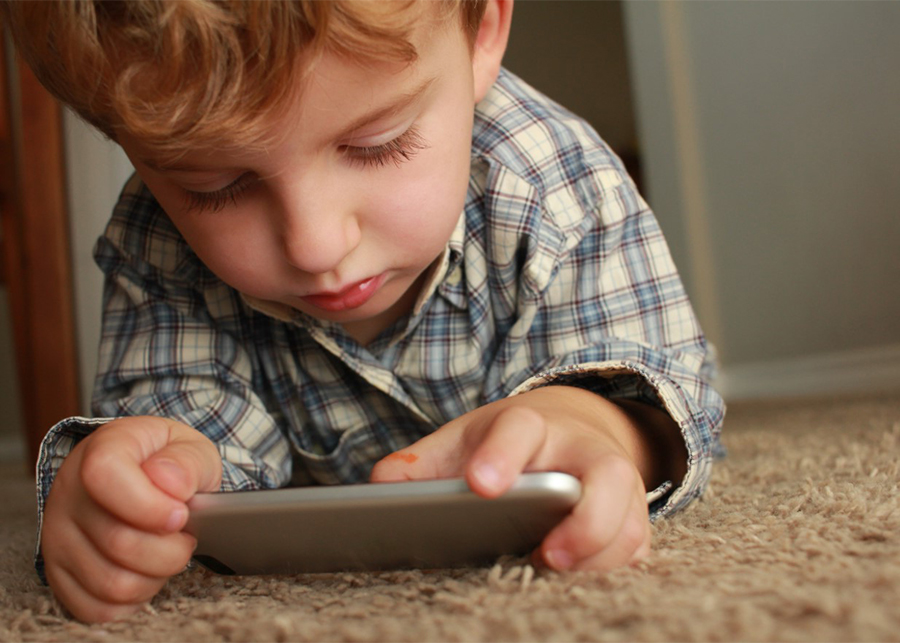While there is some merit to this perspective, it’s not for everyone. Parents should be aware of the risks and consider their children’s future before handing them a cell phone. Listed below are some reasons why kids shouldn’t have cell phones.
Many parents question why kids should have phones. They see them as distractions, a great way to take photos, or an easy way to keep tabs on their child. While there is some merit to this perspective, it’s not for everyone. Parents should be aware of the risks and consider their children’s future before handing them a cell phone. Listed below are some reasons why kids shouldn’t have cell phones.
It’s a great learning tool
As you’ve probably noticed, smartphones are a powerful learning tool. They are an excellent substitute for textbooks, pens and paper, and computer printers. They can also replace calculators and tablets. In fact, 58% of students said they used their phones for schoolwork in 2015. It’s no wonder, then, that kids should have their own phones because it’s a great learning tool.
In fact, many educators are pushing back against the use of cell phones in schools, claiming that it distracts students from learning. But a new generation of educators are changing their mindsets. Students can now use their phones for educational purposes, even if it’s just social media. Educators should take a lesson from Frank. She argues that phones are a great way to engage students in the classroom.

It’s a distraction
More elementary school students bring cell phones to class. Many carry them in their backpacks or pockets. Ontario’s decision to ban cell phones in classrooms sparks a debate on whether students should be allowed to use mobile devices to distract themselves. This ban is set to take effect in September 2019.
Teachers worry that students’ use of cell phones is a distraction and can lead to power struggles. One study showed that students who used their phones in class scored lower than those who did not. This can mean the difference between passing or failing a class. Researchers speculated that this might be due to the fact that students were distracted by their phones. For these reasons, it’s important for teachers to learn how to handle cell phone use in the classroom.
It’s a way to take photos
If you’ve been reading this article, you probably already know that cell phones are an excellent way to share photos and videos with others around the world. But you may also be wondering if kids should own phones. They’re fun to use, but you need to teach them about appropriate behavior. Pictures of inappropriate behavior can lead to embarrassing moments, harassment and even bullying. Before allowing your child to own a cell phone, think about these tips:
Having a phone can be a good thing, but keep in mind that it can make the photos look bad. A phone’s camera only lets in a certain amount of light, and it must compensate for that. Make sure the camera has enough light, especially if your kids are in motion. Moving closer to the window or outdoors can help improve light levels, but be sure to turn the camera away from a light source to reduce harsh shadows.
It’s a way to keep track of your child
It’s not uncommon for children to ask for a cell phone before they’re even 10 years old, a fact reinforced by Nielsen research. The most common ages at which kids receive a cell phone with a service plan are eight, nine, and eleven. While most parents are eager to keep in touch with their children or track their location, giving a cell phone to your child should be a carefully considered decision. You’ll need to decide if you trust your child to use text messaging or to take photos of themselves without a parent’s consent.
Smartphones come with many useful features, including tracking features and text messaging. Parents can use these to alert them when their children arrive late for a school function or other activities. Having a phone also helps parents make alternative plans if their child gets sick.
Parents can also check in on their children at after-school activities and other activities. With the help of a mobile device, parents can also see whether their kids are safely at home, at school, or playing outside.



